Planting a tree is a beautiful activity. First, you are helping the earth’s ecosystem; second, it would represent other benefits. Such as fruit trees or nut trees. Now imagine you decide to plant a massive number of nut trees; here, you can also start your own business and grow it for the rest of your life. Today we will talk about hazelnut trees and check their different aspects. It only takes three to five years for hazelnut trees (also known as hazelnuts) to produce their first crop. Hazelnut trees don’t need as much room as other nut trees and are relatively quick to grow, and every summer, they have delicious sweet nuts. The edible nuts that we refer to as hazelnuts or hazelnuts are produced by various Corylus species. Although some botanists separate the Betulaceae family, which includes hazelnuts, into subfamilies known as the Hazelnut family, hazelnuts are commonly categorized as a part of the Betulaceae family.  Some of the more popular species include C. avellana (European or common hazel), C. maxima (commonly dubbed the gigantic hazel), and C. Americana (American hazelnut or hazelnut). Hazelnuts can be cultivated as shrubs or small trees and usually grow between 8 and 20 feet tall and 15 feet broad, depending on the species. If you don’t have much space to grow trees, they are an excellent option because they can be pruned quickly and are relatively compact. They have hairy, heart-shaped, serrated leaves that get several inches long. In the early spring, they produce a showy yellow cat; in the late summer or fall, they have large nuts encased in papery husks. Hazelnuts grow wild in cool deciduous forests and are indigenous to many regions of the Northern Hemisphere. Numerous written references to hazelnuts throughout history are symbols of knowledge and inspiration. Both ancient Greek and Roman mythology, as well as the Bible, refer to its nutritional benefits and therapeutic properties. It is said that Hermes, the Greek gods’ messenger, traveled with a staff made of brown wood to impart knowledge and direct him. Commercially, the wood is primarily grown for nuts but is also used to make fences, baskets, tool handles, and light coral boats. Additionally, food and cosmetics use the oil from standard tree nuts (C. avellana). Of course, hazelnuts are the main ingredient in the most widely consumed chocolate spread in the world. It is a component in the liqueur Frangelico and is also used to produce pralines, truffles, and chocolate. There are various methods for propagating hazelnut trees. They can be grown from runners, seeds, or transplanted seedlings.
Some of the more popular species include C. avellana (European or common hazel), C. maxima (commonly dubbed the gigantic hazel), and C. Americana (American hazelnut or hazelnut). Hazelnuts can be cultivated as shrubs or small trees and usually grow between 8 and 20 feet tall and 15 feet broad, depending on the species. If you don’t have much space to grow trees, they are an excellent option because they can be pruned quickly and are relatively compact. They have hairy, heart-shaped, serrated leaves that get several inches long. In the early spring, they produce a showy yellow cat; in the late summer or fall, they have large nuts encased in papery husks. Hazelnuts grow wild in cool deciduous forests and are indigenous to many regions of the Northern Hemisphere. Numerous written references to hazelnuts throughout history are symbols of knowledge and inspiration. Both ancient Greek and Roman mythology, as well as the Bible, refer to its nutritional benefits and therapeutic properties. It is said that Hermes, the Greek gods’ messenger, traveled with a staff made of brown wood to impart knowledge and direct him. Commercially, the wood is primarily grown for nuts but is also used to make fences, baskets, tool handles, and light coral boats. Additionally, food and cosmetics use the oil from standard tree nuts (C. avellana). Of course, hazelnuts are the main ingredient in the most widely consumed chocolate spread in the world. It is a component in the liqueur Frangelico and is also used to produce pralines, truffles, and chocolate. There are various methods for propagating hazelnut trees. They can be grown from runners, seeds, or transplanted seedlings. 
Where do hazelnut trees grow
Raw hybrid hazelnut trees offer a crop of consistent shortages known to consumers and practically self-cultivated. These trees grow in different situations, and they do it mostly where they are planted. Hazelnuts are employed in various delectable and nutritious dishes customers long for but rarely have. In North America, nearly all types of hazelnuts originate in Turkey or Oregon. The hazelnut tree is indigenous to the eastern part of North America, ranging from Manitoba and Quebec in the north to Louisiana and Georgia in the south. There is a shortage of nuts despite the native hazelnut tree’s (Corylus americana) hardiness, disease resistance, and extreme adaptability to a wide range of growing circumstances. The Corylus avellana, chosen for excellence for thousands of years, is generally larger and tastier than the little and bland native nuts. A cross between two hazelnuts over the past century has created a new type that combines the most significant traits of both. The Hazelnut Organization was established to promote the growth of this superior indigenous crop. Nut trees are also fantastic since you may consume the nuts as soon as they start to develop on the tree. In less than four years, hazelnut trees begin to produce fruit; by the sixth or seventh year, they have well. Additionally, you can plant it as a single stem tree or a shrub. If you don’t prune or clip branches that grow close to the roots, shrubs with several stems may develop. It will develop into a shrub that can reach heights of 8 to 12 feet. When grown as a shrub, hazelnuts are simple to hand-pick for their nuts and ecological, carefree planting for hedges or erosion prevention. It will reach heights of 14 to 16 feet and a width of about 16 feet if you decide to plant it as a single tree. The shoots won’t develop once the tree is large enough to shadow the base. The original hazel is flexible and straightforward to grow, but it takes much crossbreeding over many generations to get native trees with big, delicious nuts. 
European hazelnut tree
To protect native trees from the Eastern Hazelnut Blight (EFB), brought on by the fungus Anisogramma Anomala, hazelnuts are grown on the West Coast. Additionally, the tenderer European varieties are often less hardy and are preferable for USDA zones. The EFB is now steadily destroying nut orchards in the Northwest as the disease spreads over the area. In North America, natural hazelnuts resistant to pests have been crossed with filberts since 1921. There has been a Northern Walnut Growers Association (NNGA) for over a century. NNGA is a group of experts and enthusiasts who cultivate walnut trees. For more than 94 years, the NNGA and similar organizations like the Ontario Nut Growers Association (SONG) have contributed to the advancement of hazelnuts. A growing number of organizations have been established recently to advocate for hazelnut trees as food crops in North America. The Ontario Nut Association, established a few years ago to promote nut orchards north and west of the New York border, is helping to increase nut production.  The $8.8 billion company The Ferrero Company, which makes Nutella, consumes 25% of the world’s agricultural output and has a sizable factory in Brantford, Ontario, Canada, near the border with New York. The Midwest Nut Development Initiative (UMHDI) aims to create hazelnut varieties and orchards in Wisconsin, Michigan, and the surrounding areas. The Arbor Day Foundation, Oregon State University, University of Nebraska–Lincoln, and Rutgers University are partners in the Blended Nut Alliance, which was established to research and promote blended hazelnuts. With new hybrid trees hitting the market recently, support for hazelnut tree farming has increased dramatically. Hazelnuts are a perfect specialty crop from a financial standpoint because of their consistent scarcity and high-profit margins. In local grocery stores, raw, hulled hazelnuts are priced at $14.99 per pound, while unhulled hazelnuts typically cost $6.00 per pound. The price of hazelnuts per pound now prevents widespread consumption. Europeans consume hazelnuts eight times more than Americans, so there is great potential for increasing consumption.
The $8.8 billion company The Ferrero Company, which makes Nutella, consumes 25% of the world’s agricultural output and has a sizable factory in Brantford, Ontario, Canada, near the border with New York. The Midwest Nut Development Initiative (UMHDI) aims to create hazelnut varieties and orchards in Wisconsin, Michigan, and the surrounding areas. The Arbor Day Foundation, Oregon State University, University of Nebraska–Lincoln, and Rutgers University are partners in the Blended Nut Alliance, which was established to research and promote blended hazelnuts. With new hybrid trees hitting the market recently, support for hazelnut tree farming has increased dramatically. Hazelnuts are a perfect specialty crop from a financial standpoint because of their consistent scarcity and high-profit margins. In local grocery stores, raw, hulled hazelnuts are priced at $14.99 per pound, while unhulled hazelnuts typically cost $6.00 per pound. The price of hazelnuts per pound now prevents widespread consumption. Europeans consume hazelnuts eight times more than Americans, so there is great potential for increasing consumption. 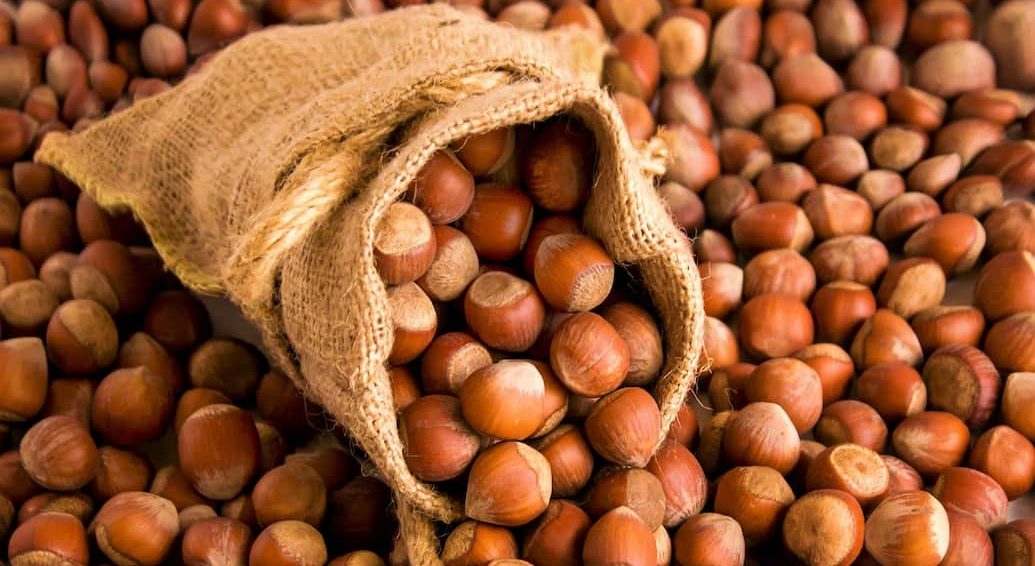
What does a hazelnut tree look like
Hazelnuts are edible nuts produced by a group of massive, multi-stemmed deciduous bushes or trees. But what does it look like? Hazelnuts are typically spherical. Trees and shrubs that grow hazelnuts have round leaves with serrated margins, cylindrical flower clusters that hang downward, and smooth, brown bark. These characteristics help to identify the hazelnut plant. The most significant amount of hazelnuts is produced by the common hazelnut tree, known scientifically as Corylus avellana. The American hazelnut, scientifically known as Corylus americana, is a big blooming shrub that grows edible nuts. A member of the Betulaceae plant family and the Corylus genus, hazel can grow as either a shrub or a blooming tree. The tree grows in a cluster, giving it the appearance of a vast shrub with a rounded crown. This is due to its clumping nature. Depending on the variety of hazel, these shrub-like trees can reach heights of between 8 and 20 feet (2.5-6 m). There are around 18 different species of hazelnut trees and shrubs, the majority of which are indigenous to the eastern and central regions of North America. This thorny deciduous tree does well in USDA zones 4 through 9 and grows to its maximum potential in soil rich in organic matter, good drainage, and plenty of suns. Hazelnuts have a slow growth rate, reaching a height of about 15 inches (40 cm) each year when grown in perfect conditions. It can take a hazelnut tree up to five years before it reaches its full height potential. Around eighty years is the average lifespan of a hazelnut tree. In most cases, hazelnut trees and shrubs will begin producing nuts after two or three years. The common hazelnut, also known as the European and American hazelnut, is an excellent choice for a landscape plant in gardens of any size. Using multi-stemmed plants in home gardens, hedges, and screens are highly recommended. To create single-trunk flowering nut trees from nut tree planting, you must do routine pruning of the tree’s suckers. 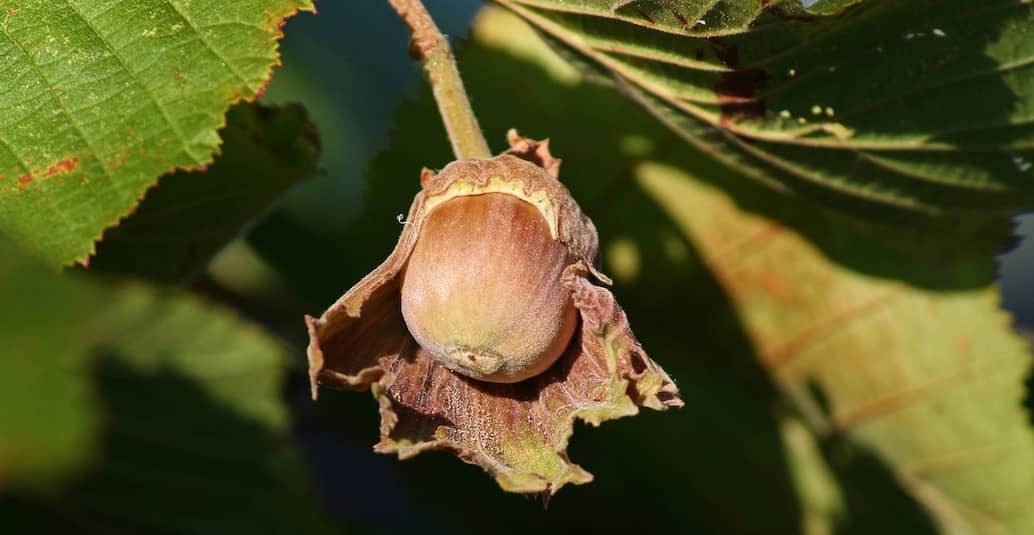
Hazelnut tree leaves
The hazelnut tree has leaves that are either spherical or in the shape of a heart, and they have double teeth along the edges and appear to be serrated. Simple leaves range from 6 to 12 centimeters (2.5 to 4.7 inches) long, are comprehensive, and alternate on stems. The leaves of the hazelnut tree are green during the spring and summer months, but by autumn, they have become a golden yellow. Young shrubs, like hazel, have smooth bark that might be a light brown or gray color. The yellow-green lentils or pores that are evident around the hazelnut’s stem are the characteristic that sets hazelnut skins apart from other nut skins. As the brown tree ages, the bark will develop deep fissures, giving it the impression of being scaly and rough. The blooms of the hazel are immediately identifiable as cylindrical clusters, and they bloom in the latter half of winter and the first few weeks of spring. The collections of yellow flowers have a touch of red and come in groups of two or three. Both male and female flowers can be found on the same tree, and on the same branch of marigold can be found both male and little female flowers. Flowers on hazelnut trees can grow up to four inches (five to ten centimeters) tall. In contrast to the drooping pale yellow bunches that make up the flock, the leaves that make up the inflorescence are a pale green. The fruit of the hazel tree is the hazelnut, a little nut that is brown and oval in shape and measures around 0.5 inches (1.3 cm) in diameter. The hazelnuts are contained within a cup of lush greens, which are also green in color. When nuts are ready to be harvested, they have a warm brown color and somewhat flattened ends. A core that has the impression of being lumpy and somewhat wrinkled and is covered with a layer of paper can be found beneath the thin, crisp outer shell. The flavor of hazelnuts has been characterized as having a touch of sweetness along with a smokey aftertaste. Ripe hazelnuts look like little chestnuts. 
American hazelnut tree
The American hazelnut has a canopy spread of 3 to 4.5 meters and grows to a height of around 2.5 to 5 meters (8 to 16 feet) (10 to 15 feet). It is a medium-sized to large shrub, but it can develop into a small tree under some circumstances. It typically has several stems with long, teeny branches that spread or ball up densely. It extends from the rhizomes, 4 to 15 cm (10 to 6 in) below the surface, through suckers that grow upward. Blooms in the early to mid-spring, producing clusters of 2 to 5 little female pistils (pistils) enclosed in protective buds with a red pattern highlighting at the tip and drooping males (stamens) that are 4 to 8 cm long. Male cats grow in the autumn and remain in the winter. On cats, there are two bracts and four stamens in each male flower. Between July and October, the American hazelnut’s edible nuts mature. Two irregularly shaped, leaf-like spots around each nut. 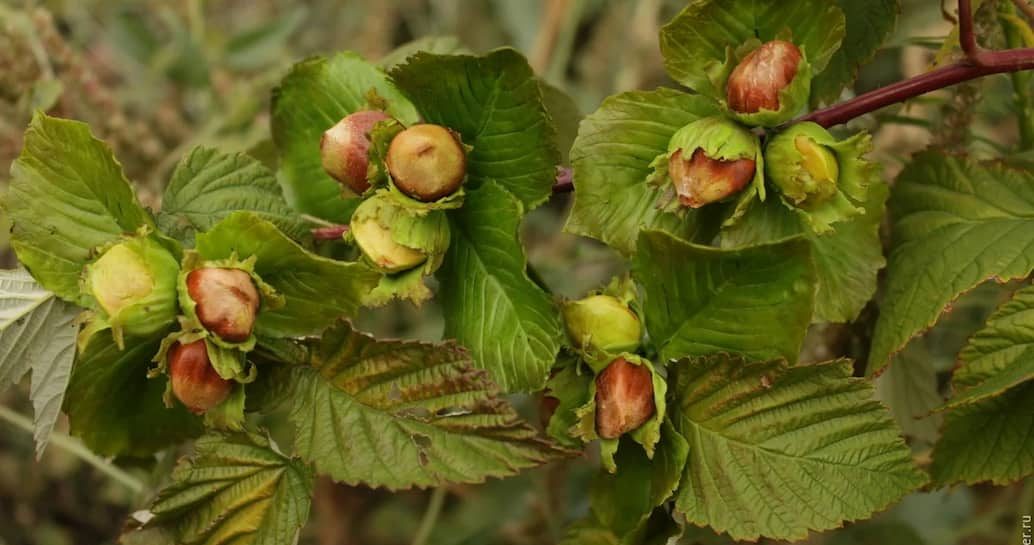 The masts of squirrels, deer, turkeys, woodpeckers, pheasants, and other animals are made of the nuts that the American hazel tree produces. Grouse eat primarily male cats during the winter. Although they are smaller than the hazelnuts that are more frequently grown, the nuts can be eaten uncooked (Corylus maxima, Corylus color, Corylus avellana, and their hybrids). Hazelnuts were employed as a medicine by Native Americans. To draw and protect local wildlife, hazelnuts are grown as ornamentals in native botanical gardens and wildlife parks. To combine the giant nut and the exceptional resistance to the fungus Cryptosporidium in North America, a hybrid of the American hazelnut and the hazelnut was developed. This medium to fast-growing species eventually develops a multi-stemmed, clumpy appearance due to its moderate suckers. Although it thrives on various soil types and pH levels, clay soils with good drainage are ideal. American hazel grows and develops most well in full sun. Plant density and fruit yield dramatically decrease in partial shade, even though they may increase and persist.
The masts of squirrels, deer, turkeys, woodpeckers, pheasants, and other animals are made of the nuts that the American hazel tree produces. Grouse eat primarily male cats during the winter. Although they are smaller than the hazelnuts that are more frequently grown, the nuts can be eaten uncooked (Corylus maxima, Corylus color, Corylus avellana, and their hybrids). Hazelnuts were employed as a medicine by Native Americans. To draw and protect local wildlife, hazelnuts are grown as ornamentals in native botanical gardens and wildlife parks. To combine the giant nut and the exceptional resistance to the fungus Cryptosporidium in North America, a hybrid of the American hazelnut and the hazelnut was developed. This medium to fast-growing species eventually develops a multi-stemmed, clumpy appearance due to its moderate suckers. Although it thrives on various soil types and pH levels, clay soils with good drainage are ideal. American hazel grows and develops most well in full sun. Plant density and fruit yield dramatically decrease in partial shade, even though they may increase and persist.



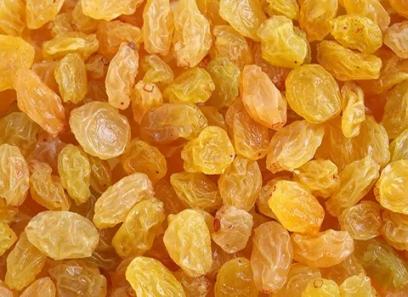

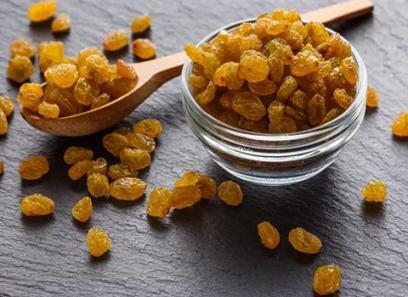


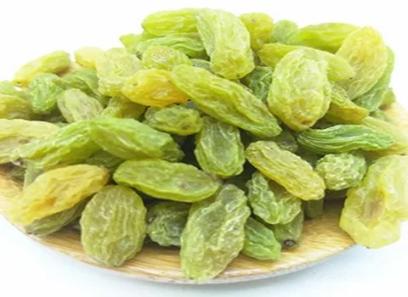
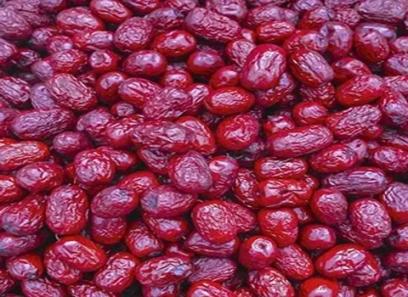
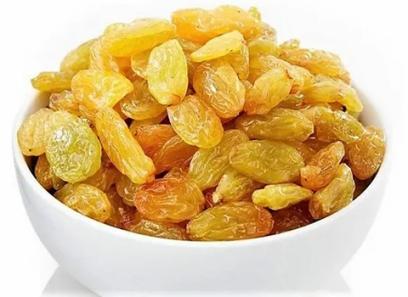
Your comment submitted.